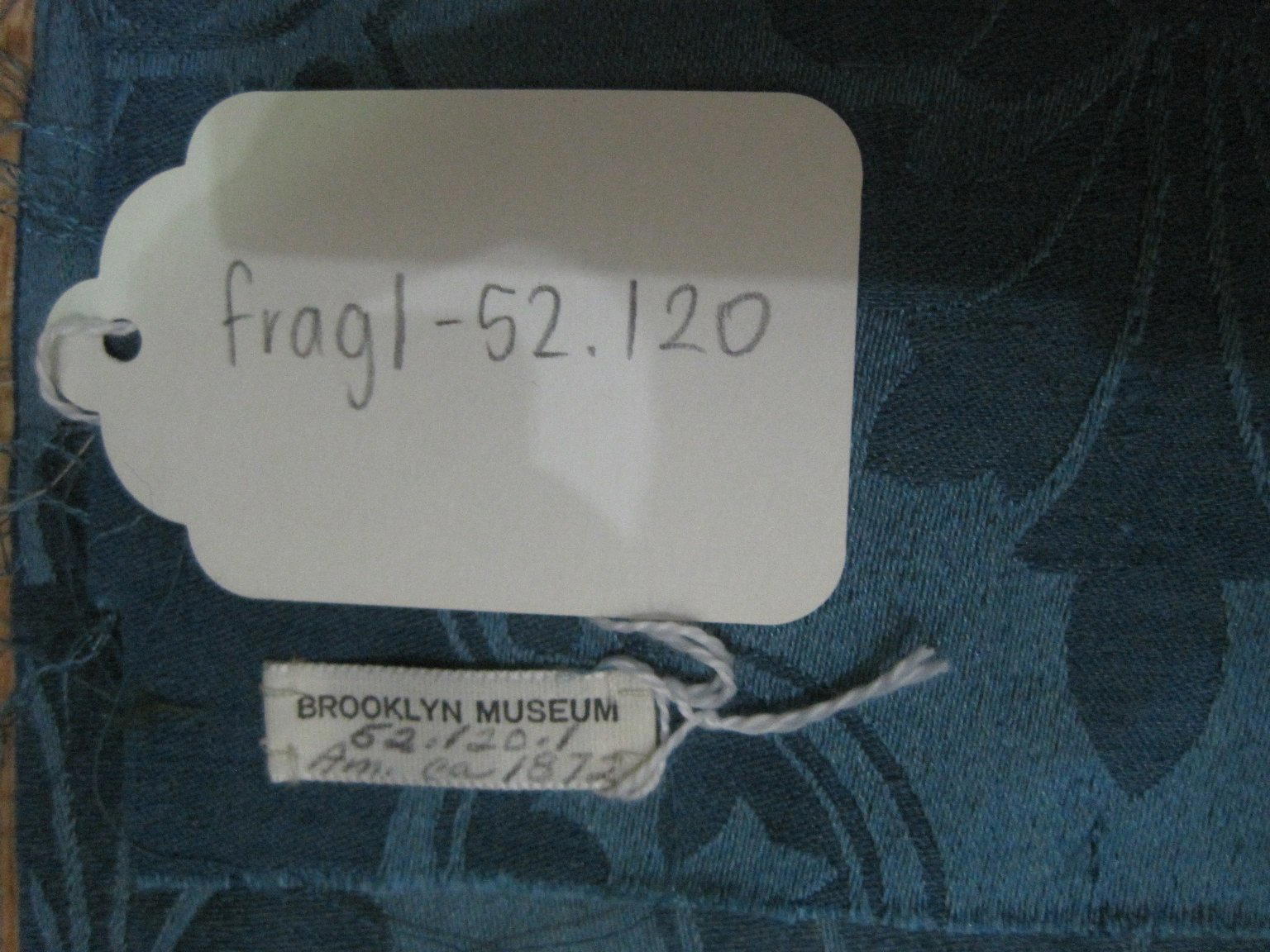Armchair
1 of 3
Object Label
Thomas Brooks (1811–1887) ran a successful furniture-making business at the corner of Fulton and Sand Streets, near the entrance to the Brooklyn Bridge. This chair was part of a large order placed with Brooks and paid for on June 4, 1872, by Judge Nathaniel Holmes Clement for his house in Park Slope, Brooklyn. The purchase is documented by a bill of sale, a rare surviving nineteenth-century example, and offers us a vital glimpse into the past. The bill informs us that Clement paid $425 for a walnut sofa, two armchairs, and four "window" chairs, all upholstered in silk. The chair is rendered In the Renaissance Revival style that was popular in the United States from the late 1850s. The style is characterized by classical-inspired motifs such as the carved dolphins, acanthus leaf, and roundel on the crest of the chair and by bold turned decoration, as seen in the legs.
Caption
Thomas Brooks (American, 1811–1887). Armchair, 1872. Walnut, modern upholstery, 38 1/4 x 32 1/2 x 31 in. (97.2 x 82.6 x 78.7 cm) frag1: 21 1/4 x 49 in. (54 x 124.5 cm). Brooklyn Museum, Gift of Dr. Dorothea E. Curnow, 52.120. (Photo: Brooklyn Museum)
Gallery
Not on view
Collection
Gallery
Not on view
Collection
Maker
Title
Armchair
Date
1872
Geography
Place manufactured: Brooklyn, New York, United States
Medium
Walnut, modern upholstery
Classification
Dimensions
38 1/4 x 32 1/2 x 31 in. (97.2 x 82.6 x 78.7 cm) frag1: 21 1/4 x 49 in. (54 x 124.5 cm)
Credit Line
Gift of Dr. Dorothea E. Curnow
Accession Number
52.120
Frequent Art Questions
Where is this chair from? Why is it so low?
 The designer of that particular chair, Thomas Brooks, had a furniture business based right here in Brooklyn, near the entrance of the Brooklyn Bridge!It is quite typical, actually! If you take a walk to the 4th floor at some point during your visit and pass the Milligan Parlor, in the Dec Arts collection area, you will see some low furniture there as well. This chair and the Milligan Parlor are from about the same time.
The designer of that particular chair, Thomas Brooks, had a furniture business based right here in Brooklyn, near the entrance of the Brooklyn Bridge!It is quite typical, actually! If you take a walk to the 4th floor at some point during your visit and pass the Milligan Parlor, in the Dec Arts collection area, you will see some low furniture there as well. This chair and the Milligan Parlor are from about the same time.
Have information?
Have information about an artwork? Contact us at


